You wouldn’t walk into a hospital operating room and expect to perform surgery as well as or better than the trained doctor holding the scalpel. You wouldn’t challenge LeBron James to a game of one-on-one and expect to win, either. Yet loads of amateur investors routinely pick stocks and outperform the Ivy-educated analysts and Wall Street firms.
Therein lies the appeal – and danger – of jumping into the stock market. You already know you should be investing in your 401(k) plan and setting aside retirement money in a mix of stock and bond funds, but maybe you’ve been curious what all the fuss on CNBC is about and have been itching to try your hand at playing the market.
“A great investor does not need a CFA [chartered financial analyst designation] or a tenure on Wall Stree, but a clear fundamental background in the sector they are investing in,” said Remy Kouffman, who writes about stocks and investing for a wide range of investing websites, including Seeking Alpha.
We asked stock pros for their best tips for new investors who want to start researching, picking and trading individual stocks. Here’s what they told us.
1) You Can Lose Money, and You Probably Will
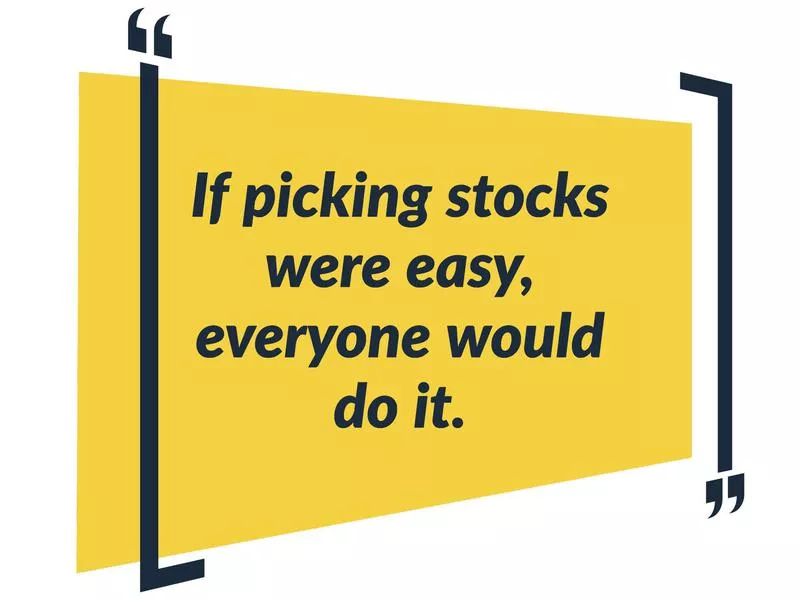
Let’s be clear on this point: If picking stocks were easy, everyone would do it.
If you don’t have the time to do thorough research or the stomach to experience the ebbs and flows of your stock price, you’re much better off investing your money in mutual funds or exchange-traded funds. These are collections of stocks, which minimize your risk by pooling your money with other investors to buy a wide range of stocks.
Those funds do perfectly fine over the long haul. If you start contributing to your work 401(k) plan early and regularly, those funds will return a decent percentage each year when averaged out over the course of your working years and leave you well-positioned for retirement.
But buying individual stocks offers two advantages: A well-researched and well-timed trade can offer big returns that far exceed those in the average mutual fund. And holding at least a few individual stocks gives you a better understanding of how publicly-traded companies and the broader economy work.
2) You Should Set Limits
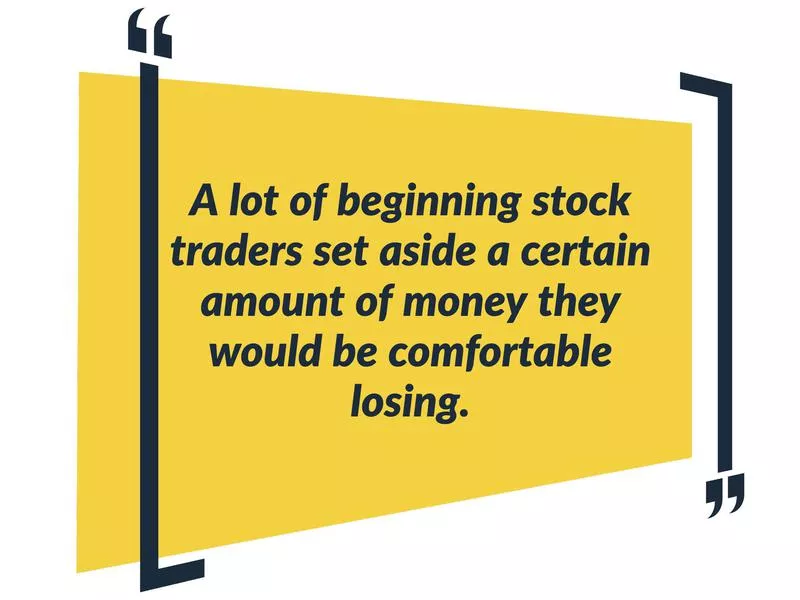
You don’t want to go all in with your retirement money.
A lot of beginning stock traders view it as a hobby and set aside a certain amount of money they would be comfortable losing. This is money separate from the money they have set aside for retirement, college educations and their long-term savings goals.
In my case, I max out the contributions for the 401(k) from my full-time employer. I invest that in a mix of funds and watch it grow, mostly steadily, over time. I then take 10 percent of the money I earn from my side gig of freelance writing and put it into my brokerage account. This amounts to a few thousand dollars each year and is essentially play money I use to invest in individual stocks.
Obviously I don’t want to lose it, but if I made a series of bad individual stock picks and got wiped out, I wouldn’t be putting a debt on my family’s financial future.
3) You Should Join an Online Community
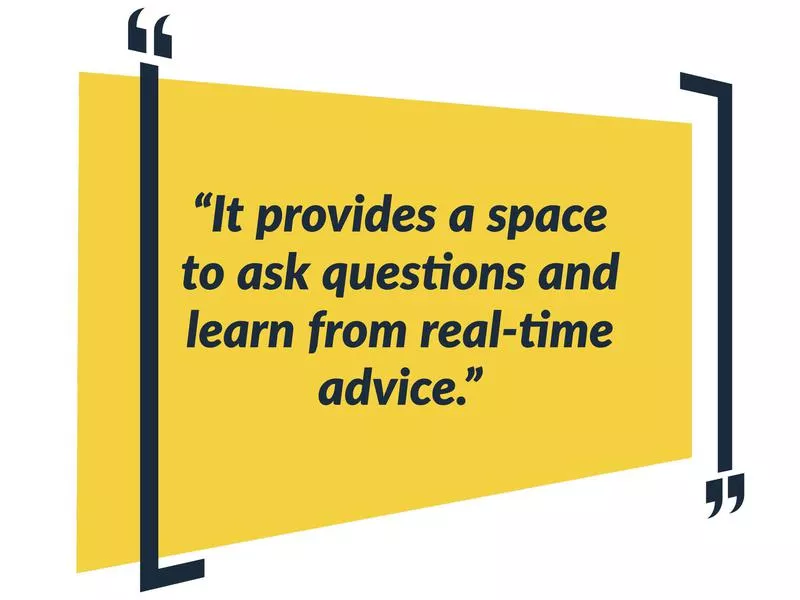
Find a place where you can trade ideas with other investors.
Good online communities have a mix of experienced and new investors, and they’re often broken into subgroups to delve deeper into specific investing interests.
“By joining an online community, new investors can familiarize themselves with the stock market and know the information they receive is transparent and trustworthy,” said Stan Bokov, the COO and co-founder of TradingView, a social network and investing analysis platform. “They can observe what others are doing by tracking stock analysis charts and leverage that data to make their initial investments. It provides a space to ask questions and comment on the decisions of experienced investors and learn from real-time advice.”
4) You Should Be Consistent
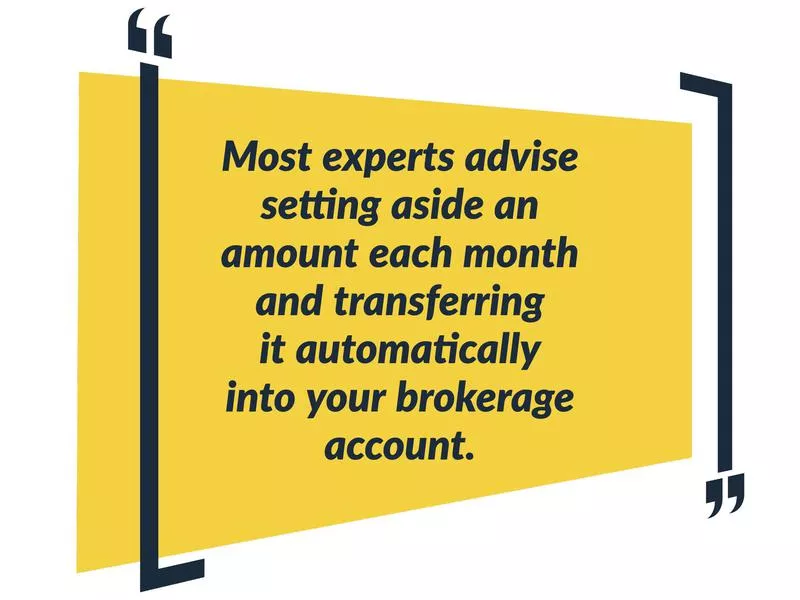
Adam C. Harding, a certified financial planner in Scottsdale, Arizona, notes that a 20 percent gain on $1,000 is still only $200.
Individual investors do best when they get in the habit of consistently setting aside money for their investments. Most experts advise setting aside a set amount each month which is automatically transferred into your brokerage account. Even $25 a month is better than nothing, and the monthly allocation can be increased if your financial situation changes.
In other words, investing for most people is actively saving money.
“First, for most beginning investors it’s one-hundred percent a consistent and recurring savings game,” he said. “No stock picking success really matters unless substantial funds are available to make returns really matter.”
5) You Must Pay Attention to Fees

Lots of online brokerages promise low fees of $10 or less per trade. And that is low, compared to what traditional brokerages trade. But if you’re only investing $100, a $10 fee puts you in a 10 percent hole out of the gate.
“If you make one hundred dollar weekly deposits and subsequent stock or fund purchases, but you pay a ten dollar trading fee, your resulting investment is only ninety dollars and you start out with a minus ten percent rate of return,” Harding said. “Over the last ninety years the return on the U.S. stock market [S&P 500] has been about nine percent. So it could take a year or more of average stock market returns to simply get back to even after starting in a hole.”
6) You Should Accumulate Before Trading
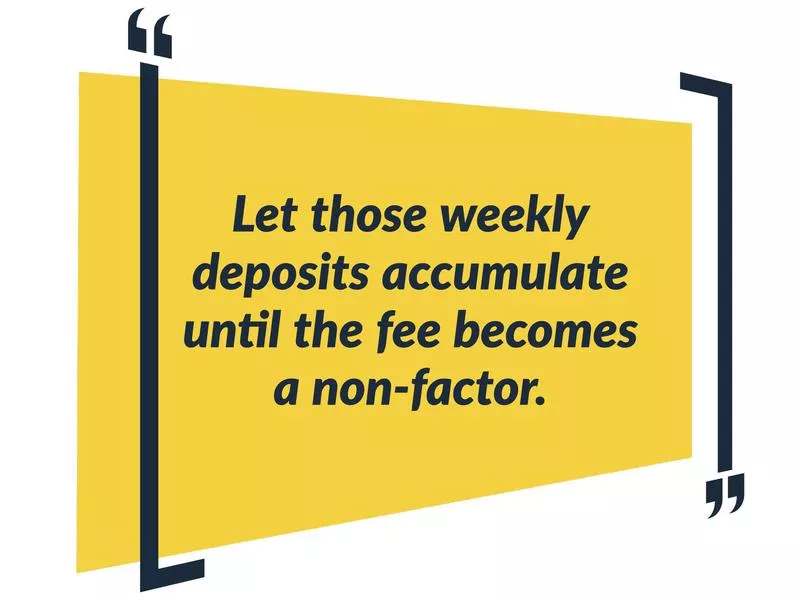
Since you don’t want to start in a hole, you’re better off letting those weekly deposits accumulate until the fee becomes a non-factor. Those same weekly deposits become $1,000 in just 10 weeks, and the fee is only eating up 1 percent of your investment return.
Many brokerages also offer the option to hold cash in an interest-bearing account until you’re ready to invest.
7) You Can Minimize Risk Through Funds
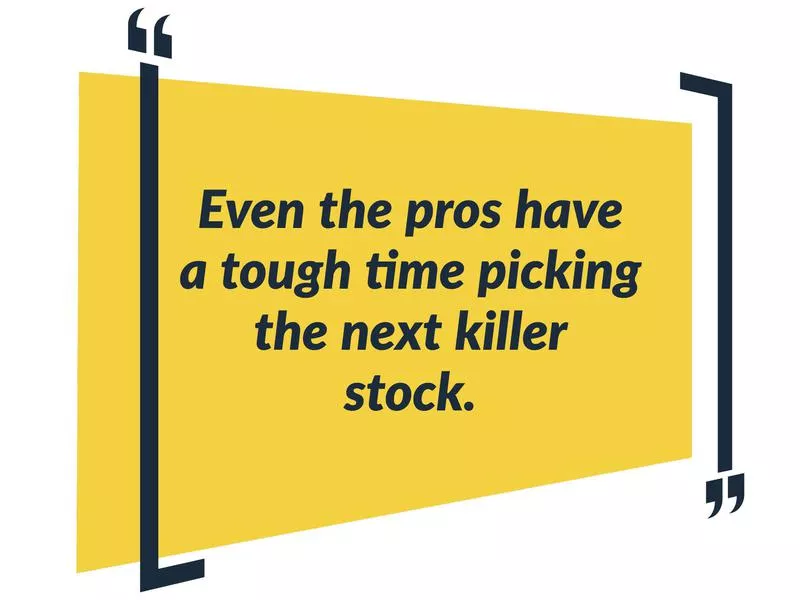
The Wall Street Journal used to have a regular feature where they’d ask stock-picking pros to pick the individual company they believed would outperform the market in the next three months. Then they’d chuck a dart at a list of stocks and see whether the pros could beat the randomly selected stock.
The dart often won. And the lesson was clear: Even the pros have a tough time picking the next killer stock.
That S&P 500 annual return of 9 percent Harding mentioned isn’t nearly as thrilling as the stock that doubles in value days after you buy it, but investing in index funds that track sectors or the entire market is generally the best strategy, especially if you don’t have hours to spend watching the market and running analytics every day.
“It’s important to note that everyone is trying to find the companies with an attractive outlook better than that of the market,” Harding said. “However, this is pretty unlikely and we can review the failing track record of the most intelligent minds in math, economics and finance to help justify this opinion.”
He adds: “Instead, focus first on the market risk by buying broadly diversified funds while mitigating the individual business risk. This may prevent the investor from hitting home runs, but it will also reduce the likelihood of striking out. In ten at-bats you’d much rather string together ten consecutive singles than five home runs and five strikeouts.”
8) You Should Read. And Read Some More.
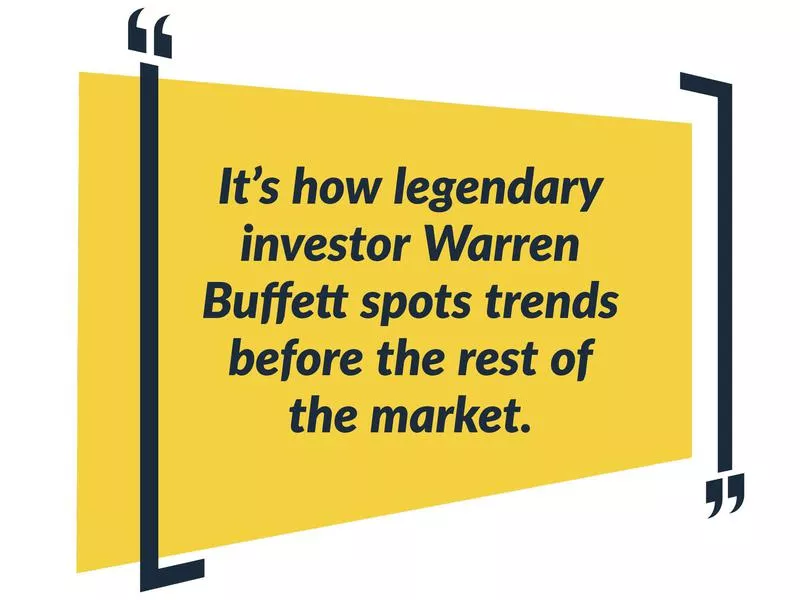
Reading has underpinned the success of legendary investor Warren Buffett. It’s how he spots trends before the rest of the market and it’s how he really gets to know and understand the companies and industries he’s investing in.
“Become a sponge and look into whether you want to be a trader or an owner of companies. From there you can decide what paths you want to follow – fundamental or technical,” said Mike Molitoris, who owns Flagship Wealth Management Group, LLC in Cary, N.C. “From there start building lists of companies that may pique your interest. Essentially once you answer the first sets of questions it will lead you down the road of which stocks you want to own, and what the best platform is to buy, hold or sell them.”
9) You Should Ask Yourself: Are You a Technical Investor…?
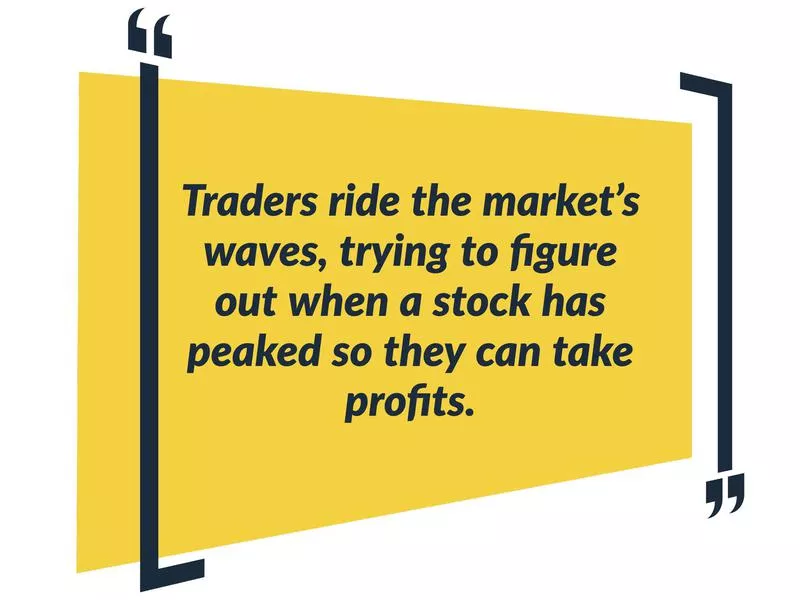
Barry D. Moore, founder and CEO of the online stock strategy site Liberated Stock Trader, says such traders tend to focus on technical analysis, which is the study of supply and demand.
Traders ride the market’s waves, trying to figure out when a stock has peaked so they can take profits.
10) …or Are You a Fundamental Investor?
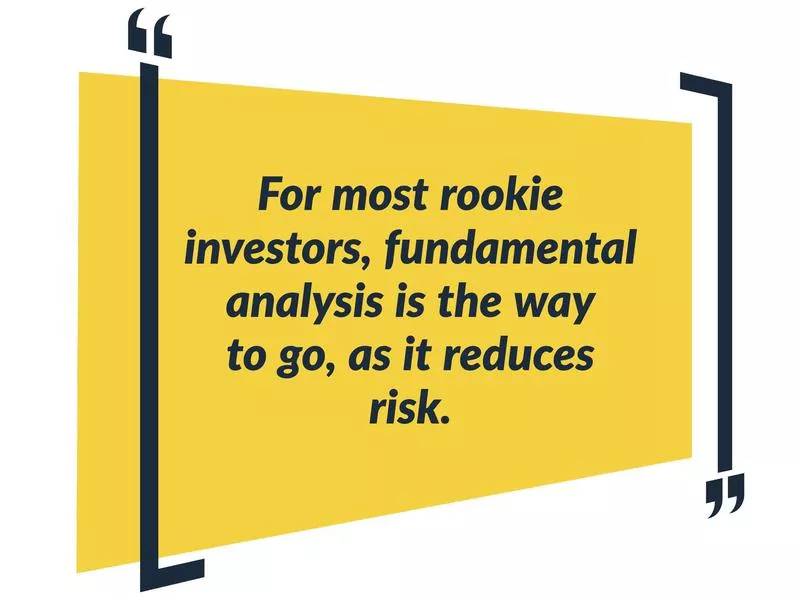
Long-term investors aren’t as concerned with the daily – or even quarterly and annual – changes in a stock price, as they are making a long-term commitment to the company based on careful research.
Such investors rely on fundamental analysis – they are looking for stocks that are undervalued by the broader market as well as stocks that have sound growth strategies to deliver long-term gains.
For most rookie investors, fundamental analysis is the way to go, as it reduces some of the risk and allows you to follow a stock over a long timeframe to see how its share price reacts to market forces. Plus using fundamental analysis puts you in good company: Buffet’s whole investing strategy is the best example of the power of fundamental analysis.
11) You Should Build a Balanced Portfolio
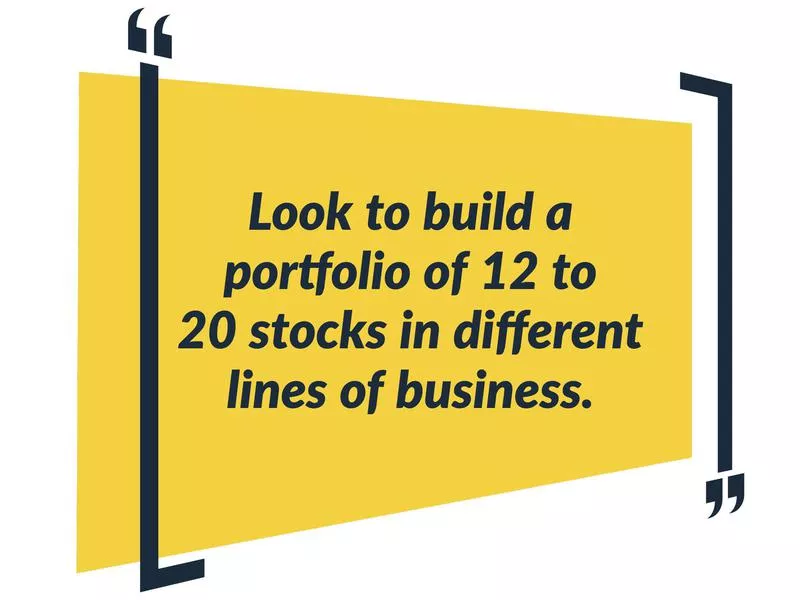
Mutual funds are appealing because an individual fund may invest in hundreds of different companies. If one of those companies underperforms, the blow is cushioned by all the others.
You can employ the same strategy on a more limited basis by investing in a group of companies that operate in different sectors, thereby cushioning the blow if one stock is hard hit by a sector downturn.
Look to build a portfolio of 12 to 20 stocks in different lines of business. That, for most investors, is a manageable number of stocks to follow. You still need to research each company in depth and know all of the potential risks, and it may take time to build up a portfolio if you’re only setting aside a limited amount of money into the portion of your portfolio aimed at individual stock picks.
12) You Should Start With What You Know
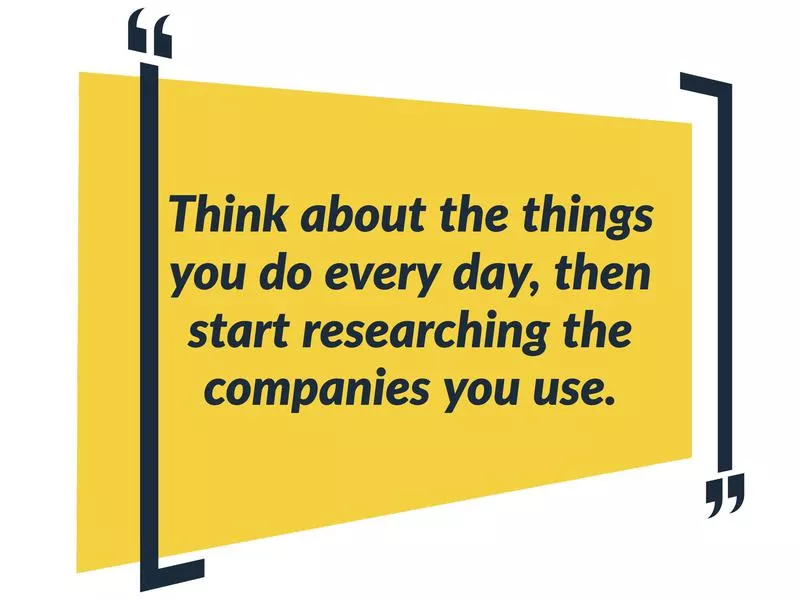
All of us use and buy products and services from publicly-traded companies on a daily basis, and Kouffman says those are probably the best companies for a beginning investor to start researching for a possible purchase.
“In my opinion, the best way to get into stocks is to start researching companies you either use on a daily basis or in some way are directly related to your own career or profession,” he said. “I come from a tech and CPG [consumer package goods] background, so speaking confidently about these topics came easy to me, because I knew the current limitations as well as potential growth opportunities due to my experience in the field.”
Think about the things you do every day, then start researching the companies you use that stand to benefit from those habits. If, for example, you find yourself taking fewer and fewer trips to the ATM to get cash, you may realize we’re quickly heading towards a cashless society. An investment in Visa or Paypal may make sense if you research the company’s stock and it looks like it’s poised to benefit.